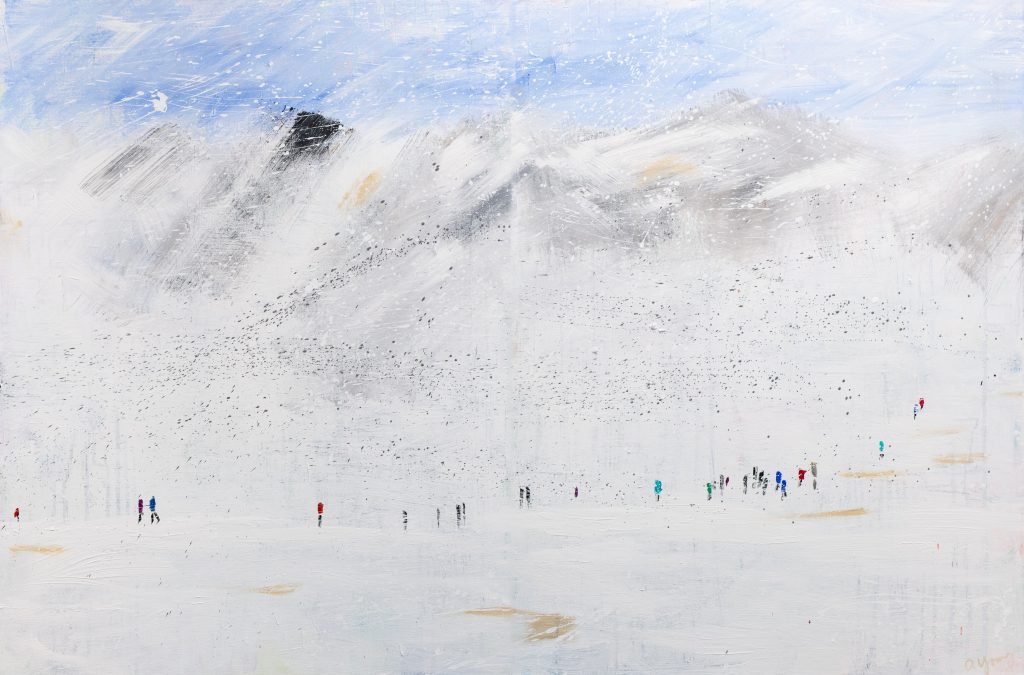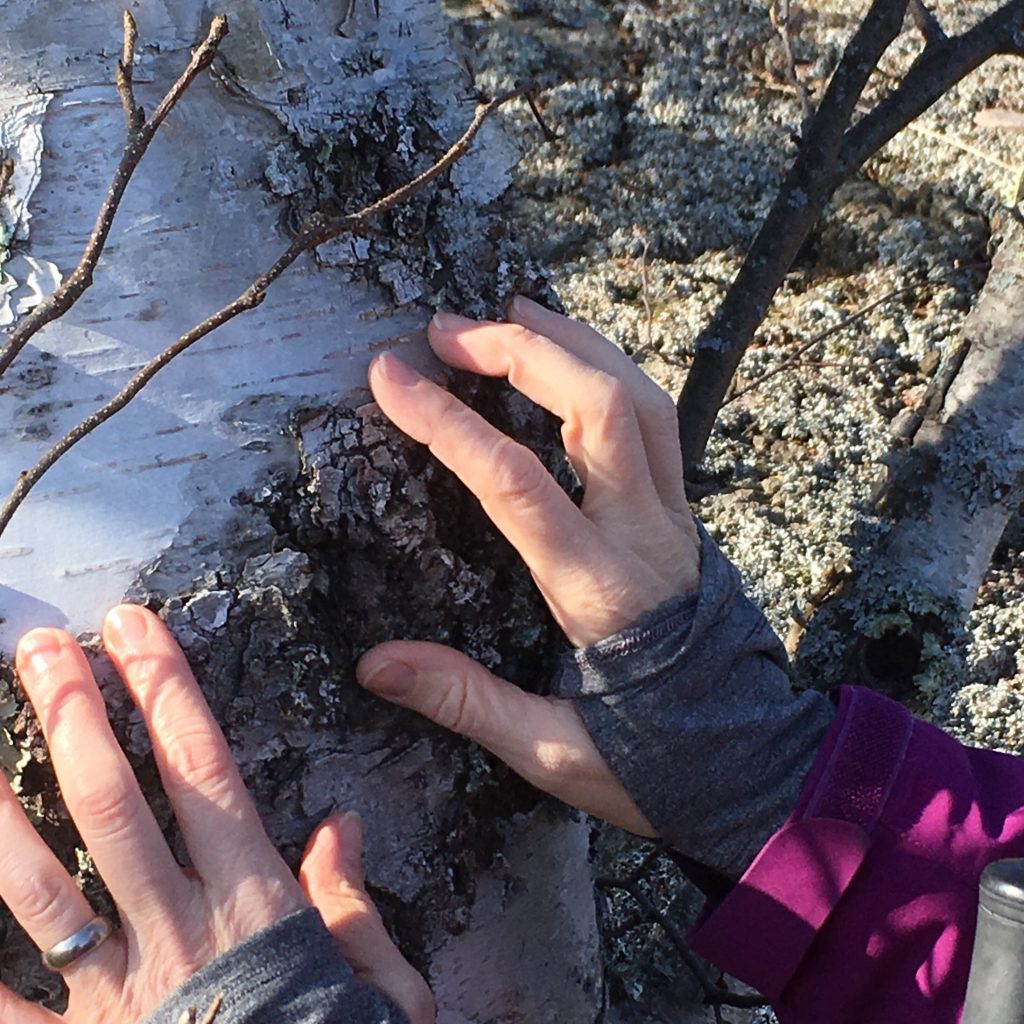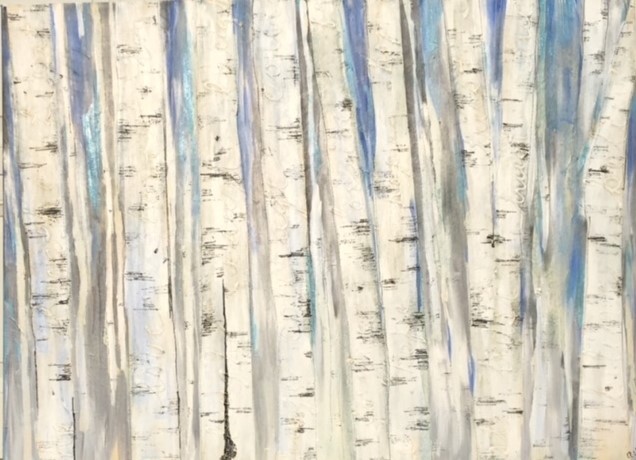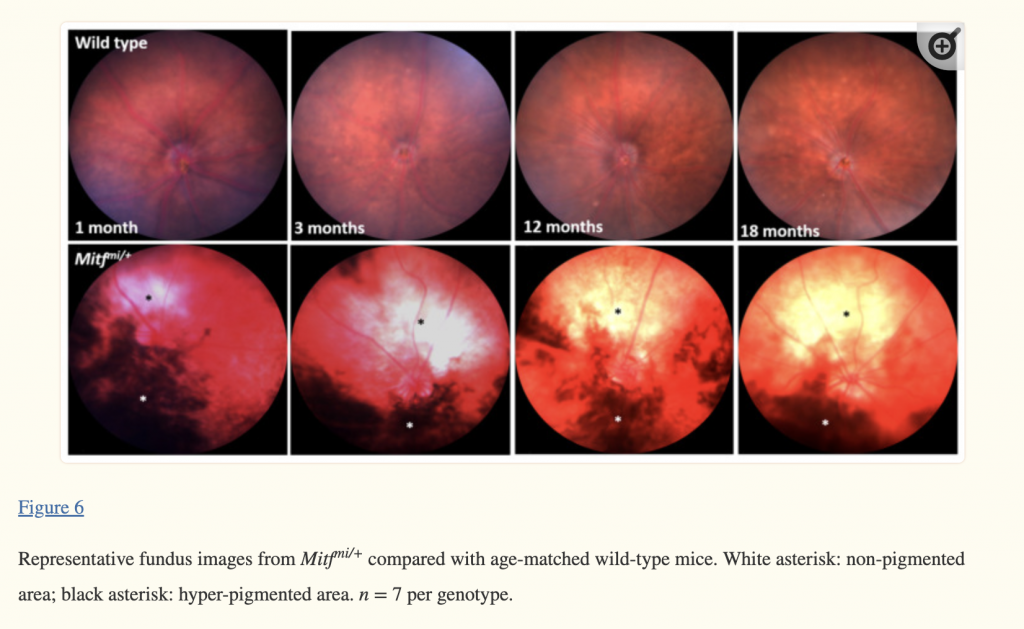Our latest blog post veers from the traditional focus on a singular research paper to bring you an enthralling narrative at the crossroads of progressive inherited retinal dystrophy (IRD), the frigid expanses of Antarctica, marathon endurance, the expressive world of art, and the transformative realm of retinal research. This story encompasses gene editing, animal models, and a collective pursuit of scientific breakthroughs. If you’re intrigued, join us on this enlightening journey.
Travel Insights:
The travel season is upon us, bringing with it a split crowd: some find the airport’s hustle exhilarating, while others might not share the enthusiasm. However, these bustling hubs can also be galleries of unexpected inspiration. For instance, a recent layover at Minneapolis International Airport led me to the captivating paintings of Annie Young, which prompted a deeper appreciation of both the artwork and the science behind vision.
The Resilience and Artistry of Annie Young:
Annie Young isn’t just any artist; she’s a testament to human resilience and the boundless potential of the creative spirit. Despite losing her vision to cone-rod dystrophy, Annie’s zest for life led her to accomplish the unimaginable—competing in the Antarctic Ice Marathon. Her spirit of adventure and her refusal to be confined by visual impairment are as vivid as the colors she envisions.
Her exhibit, “Journey to Rock Bottom” is more than an art show; it’s a revelation of the extraordinary feats of her fellow marathoners, told through mixed media “portraits.” Unable to see her own work, Annie invites collaboration with other artists to bring the feelings, visions, colors, and inspiration she sees in her mind’s eye to life. It’s a powerful, shared experience that asks, “Do you see what I feel?”—inviting us to see beyond the visual, into the heart of human experience.




Understanding Inherited Retinal Dystrophies:
IRDs, though rare, are a diverse group encompassing two main categories; rod-cone dystrophy and cone-rod dystrophy. The FDA has approved gene therapy for one specific mutation in the RPE65 gene seen in retinitis pigmentosa (RP) and Leber congenital amaurosis (LCA) but a universal cure remains elusive. Clinicians and researchers are dedicated to unraveling the genetic intricacies of IRDs, which is vital for advancing diagnosis and treatment strategies.
Innovations in Gene Editing and Animal Models:
Early 2023 saw a breakthrough at Jackson Laboratories with a new mouse model identified for cone photoreceptor function loss, pivotal for understanding cone-rod dystrophy. Similarly, the University of Iceland’s research on the Mitf gene mutation provides key insights into retinal degeneration. At the University of Florida, Gainesville, innovative use of AAV-CRISPR/Cas9 for gene editing marks a significant step forward, especially with its success in primates. These studies, documented with the aid of the Phoenix-MICRON imaging system, exemplify the collaborative spirit driving retinal disorder research forward.

Engage with Annie’s Story:
Annie’s life and work challenge us to consider our own perceptions and the ways we can transcend our limitations. We invite you to reflect on her story and share your thoughts. How does her journey inspire you in your own life? What does “seeing” mean to you, and how do you interpret Annie’s question, “Do you see what I feel?” Join the conversation and let us know in the comments below.
Conclusion:
The synergy between Annie’s art and scientific research underscores the power of collaboration. As we traverse the world of retinal disorders, each discovery paints a part of a larger picture, much like the unexpected treasures found in airport art exhibits. So, the next time you find yourself with time to spare between flights, take a moment to explore—you may find inspiration where you least expect it.
References and Further Reading
- Naggert, A. S. E., Collin, G. B., Wang, J., Krebs, M. P., Chang, B. (2023). A mouse model of cone photoreceptor function loss (cpfl9) with degeneration due to a mutation in Gucy2e. Frontiers in Molecular Neuroscience, 15, 1080136. doi: 3389/fnmol.2022.1080136. Published on January 9, 2023.
- McCullough, K. T., Boye, S. L., Fajardo, D., Boye, S. E., et al. (2019). Somatic Gene Editing of GUCY2D by AAV-CRISPR/Cas9 Alters Retinal Structure and Function in Mouse and Macaque. Human Gene Therapy, 30(5), 571–589. doi: 1089/hum.2018.247. Published online on May 1, 2019.
- García-Llorca, A., Ólafsson, K. H., Sigurdsson, A. T., Eysteinsson, T. (2023). Progressive Cone-Rod Dystrophy and RPE Dysfunction in Mitfmi/+ Mice. Genes (Basel), 14(7), 1458. doi: 3390/genes14071458. Published online on July 17, 2023.
